Easy Electronics: Simple Projects for Beginners
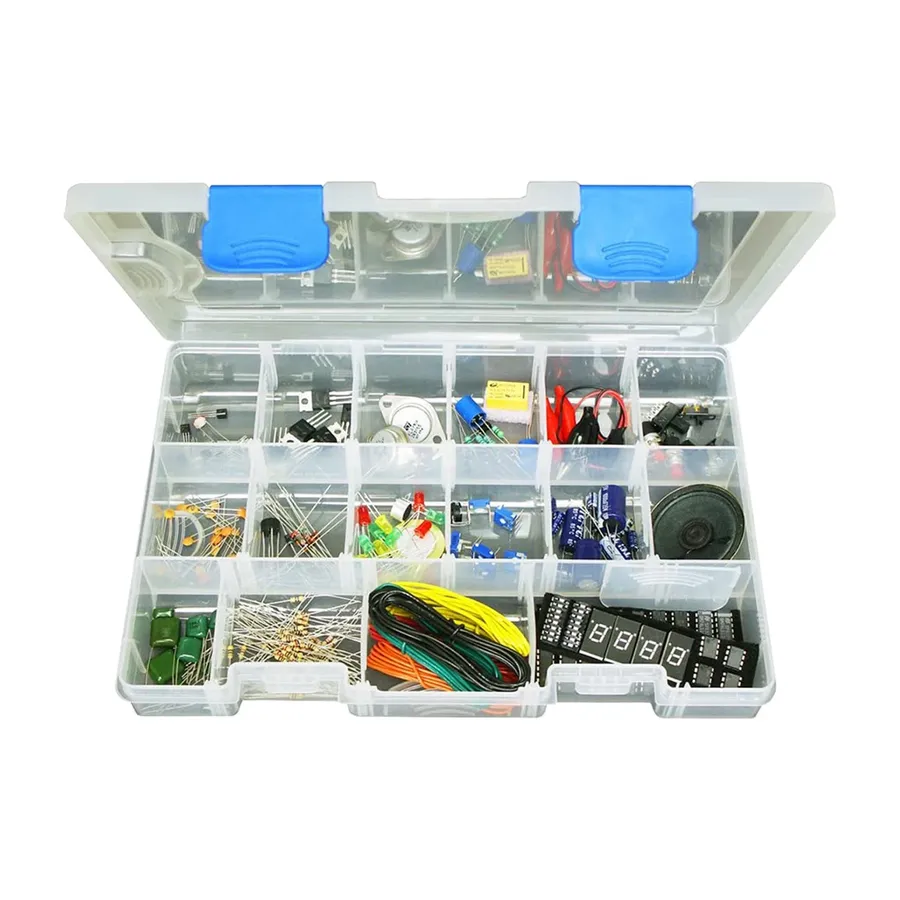
Stepping into the world of electronics might seem daunting, but it doesn't have to be. This article introduces the magic of easy electronics, a realm where simple circuits and projects can lead to remarkable discoveries. We'll explore fundamental concepts, guide you through practical starter projects, and reveal how you can get hands-on with this fascinating field. Prepare to unleash your inner maker!
Understanding Basic Electronic Components

Mastering the identification and function of fundamental electronic components is crucial for anyone starting in electronics. These components, such as resistors, capacitors, LEDs, and transistors, form the building blocks of all electronic circuits, each playing a vital role in controlling and manipulating electrical signals. This section provides a concise overview of these key elements, helping beginners develop a solid foundation.
| Component | Symbol | Function | Identification |
|---|---|---|---|
| Resistor | A zig-zag line | Limits current flow | Color-coded bands indicating resistance value |
| Capacitor | Two parallel lines | Stores electrical charge | Marked with capacitance value and voltage rating |
| LED (Light Emitting Diode) | Triangle with line and two arrows emitting light | Emits light when current flows | Two leads of different lengths, with the longer lead being the anode (+) |
| Transistor | Symbol varies by type (BJT, FET) | Amplifies or switches electronic signals | Three leads, often labeled as base, collector, and emitter (BJT) or gate, source, and drain (FET) |
Essential Tools for Easy Electronics Projects
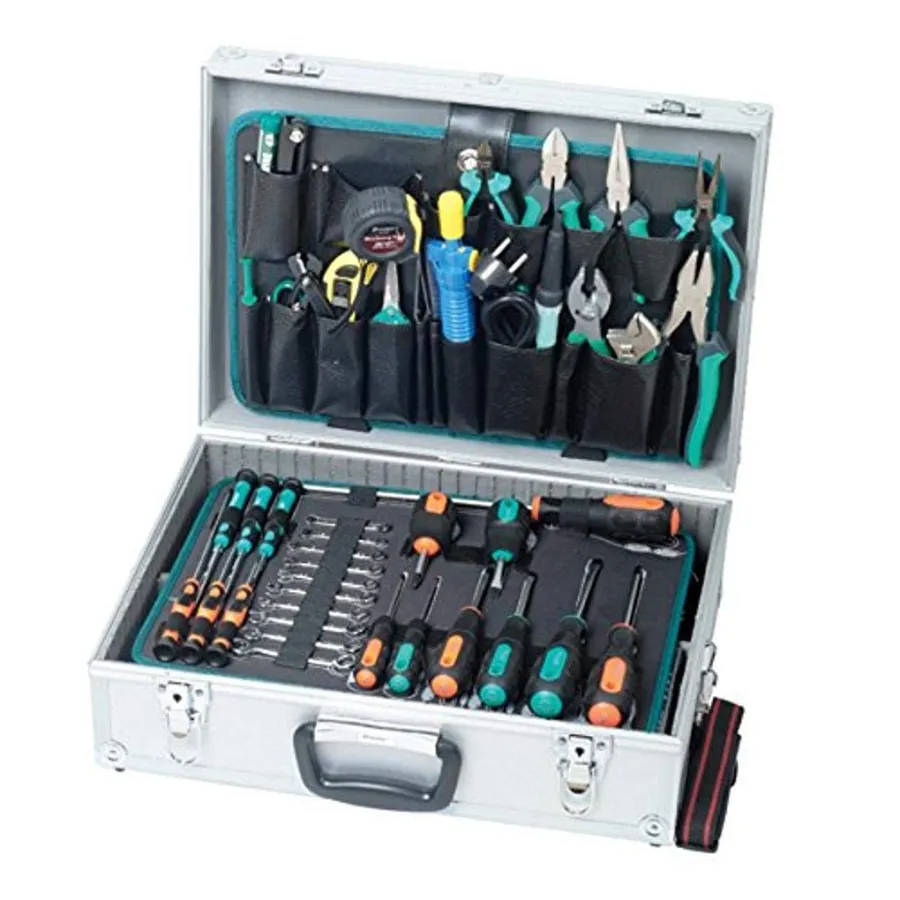
Embarking on the journey of electronics requires a foundational set of tools. These instruments enable you to construct, test, and troubleshoot basic circuits effectively, providing the necessary hands-on experience to deepen your understanding of electronic principles. This section details the essential tools and their effective use, focusing on safety and best practices.
| Tool | Function | Description | Safety Notes |
|---|---|---|---|
| Multimeter | Measures voltage, current, resistance | Digital multimeters provide accurate readings for testing circuits and components. | Always ensure proper connections before applying power. Select the appropriate range to avoid damaging the meter. |
| Breadboard | Prototyping circuits | A solderless platform to connect components for easy experimentation and testing. | Ensure components are inserted correctly. Avoid excessive force which could damage the breadboard contacts. |
| Soldering Iron (Optional) | Joining electronic components | A heat tool to permanently bond components, needed for robust projects. | Work in a well-ventilated area. Wear protective eyewear and avoid touching the hot tip. Allow adequate cooling before handling soldered parts. |
| Wire Strippers | Remove insulation from wires | Designed to expose the conductive wire core without damaging it for connections. | Select the correct gauge to avoid damaging the wire itself. Do not strip live wires. |
| Needle-nose Pliers | Manipulating components | Useful for holding, bending, and placing small components in a circuit. | Handle components gently to avoid damage. |
| Helping Hand Tool | Holds components while soldering | Features clamps and magnifying glass to aid in soldering and intricate tasks. | Adjust clamps carefully to avoid damaging components |
Simple LED Circuit: Your First Electronic Build
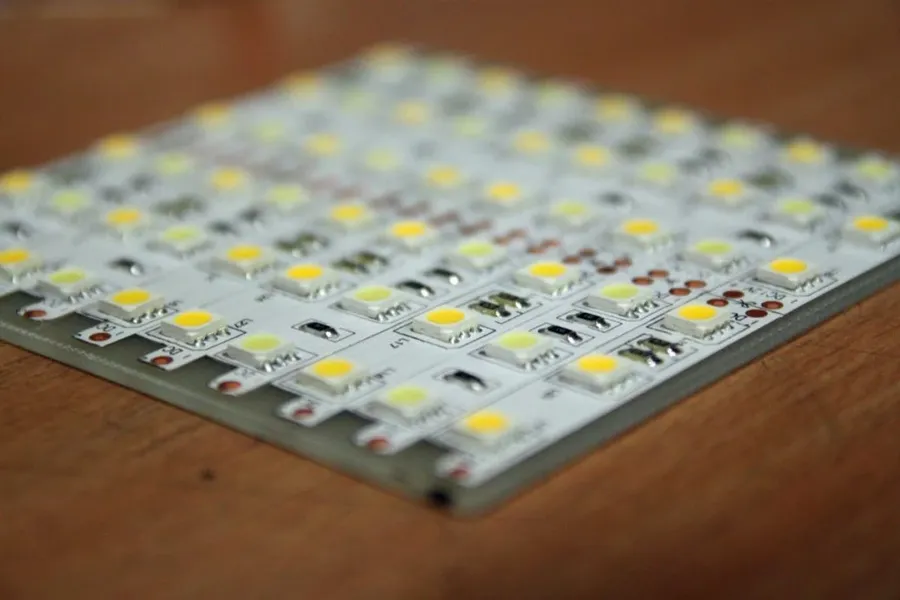
Constructing a basic LED circuit is a fundamental step for anyone venturing into electronics, this project allows beginners to grasp core circuit principles by using a battery, a resistor, and an LED. This hands-on experience will solidify an understanding of current flow and component interaction.
- Components Needed
Gather a power source (e.g., a 9V battery), an appropriate resistor (e.g., 220Ω to 1kΩ depending on the LED), an LED (light-emitting diode), and connecting wires. - Understanding the Resistor
The resistor limits the current flowing to the LED, preventing it from burning out. The correct resistor value is crucial and can be calculated or found with online LED resistor calculators. - LED Polarity
LEDs are polarized, meaning they have a positive (anode) and negative (cathode) terminal. The longer lead is typically the anode (+), which connects to the positive side of the circuit. - Step-by-Step Instructions
Connect the positive terminal of the battery to one end of the resistor. Connect the other end of the resistor to the anode (longer lead) of the LED. Finally, connect the cathode (shorter lead) of the LED to the negative terminal of the battery to complete the circuit. - Circuit Diagram
A simple circuit diagram would show the battery connected in series with the resistor and the LED, emphasizing the direction of current flow from positive to negative. - Testing the Circuit
Once all the components are connected, the LED should light up. If not, double-check the connections and the polarity of the LED.
Building a Basic Light-Sensitive Circuit
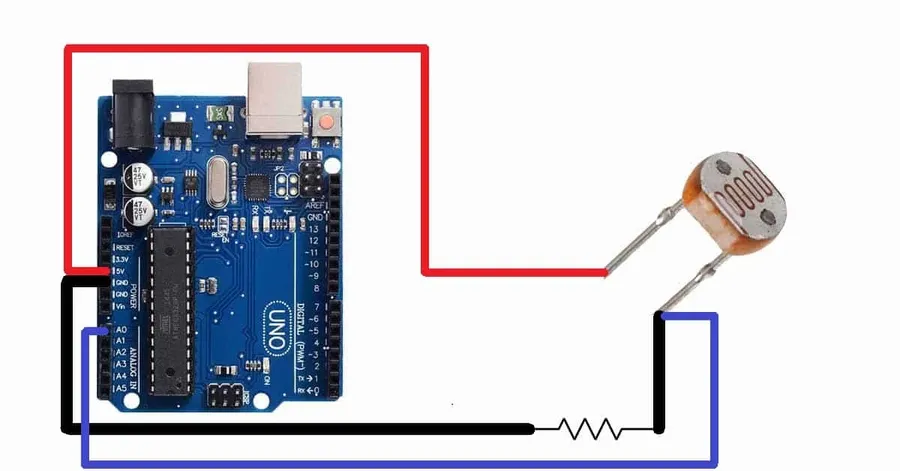
This section details the construction of a fundamental light-sensitive circuit, employing a light-dependent resistor (LDR) to modulate the brightness of an LED. This project demonstrates how a change in light intensity directly influences circuit behavior, providing a hands-on understanding of LDR functionality.
Light-Dependent Resistors (LDRs), also known as photoresistors, are semiconductor devices whose resistance varies inversely with the intensity of incident light. In dark conditions, the resistance of an LDR is high, limiting the flow of current; Conversely, when exposed to light, the resistance decreases, allowing more current to pass. This property makes LDRs ideal for light-sensing applications.
- Components Needed:
An LDR, an LED, a resistor (e.g., 220-330 ohms), a power source (e.g., a 9V battery), connecting wires, and a breadboard. - Circuit Construction:
Connect the positive terminal of the battery to one end of the resistor. Connect the other end of the resistor to the anode (longer leg) of the LED. Connect the cathode (shorter leg) of the LED to one end of the LDR. Finally, connect the other end of the LDR to the negative terminal of the battery, closing the circuit. - Working Principle:
In darkness, the high resistance of the LDR limits current flow, and the LED remains dim or off. As light increases, the LDR resistance decreases, allowing more current to flow through the LED, thus increasing its brightness. The resistor in series with the LED limits the current to prevent damage to the LED.
| Component | Function | Value/Type |
|---|---|---|
| LDR | Senses light intensity; resistance decreases with increasing light. | Varies with light intensity, typically 10 kΩ in dark, decreasing to <100Ω in bright light |
| LED | Emits light when current passes through it. | Any standard LED |
| Resistor | Limits the current flowing through the LED to prevent damage. | 220-330 ohms |
| Battery | Provides power to the circuit. | 9V |
Introduction to the 555 Timer IC
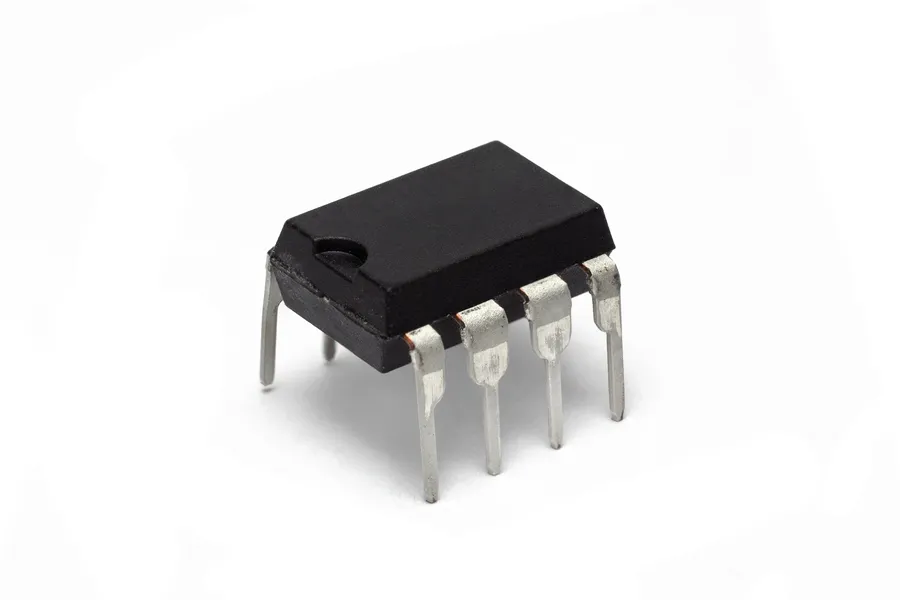
The 555 timer integrated circuit (IC) is a highly versatile and widely used component in electronics, renowned for its ability to generate accurate time delays or oscillations. Its ease of use and adaptability make it a staple in both beginner and advanced electronic projects.
The 555 timer IC primarily operates in three modes: astable, monostable, and bistable. Each mode offers distinct functionalities, making the 555 a cornerstone in various electronic applications. Let's delve into the details of these modes:
- Astable Mode
In astable mode, the 555 timer functions as an oscillator, producing a continuous series of pulses. This mode is ideal for applications like LED flashers, tone generators, and clock signals. The frequency and duty cycle of the output are determined by external resistors and a capacitor. - Monostable Mode
Also known as a 'one-shot' mode, the monostable configuration produces a single output pulse of a specified duration when triggered. This mode is typically used in timers, pulse stretchers, and debounce circuits. The duration of the output pulse is controlled by external components. - Bistable Mode
In bistable mode, the 555 acts as a flip-flop. Its output can be toggled between high and low states with external triggering. This mode is less frequently used compared to the other two but can find applications in memory circuits or as a basic digital logic building block.
Project: A Basic LED Flasher. Using the 555 timer in astable mode, we can build a simple LED flasher. This project will demonstrate a practical application of the 555 timer and how to control the flashing frequency using external components.
| Component | Description |
|---|---|
| 555 Timer IC | The core component for generating oscillations. |
| Resistors | Used to set the timing and frequency of oscillation. |
| Capacitor | Used with resistors to determine timing. |
| LED | The visual indicator of the flashing. |
| Power Supply | To power the circuit. |
| Breadboard | To assemble the circuit without soldering (optional). |
Simple Temperature Monitoring Circuits
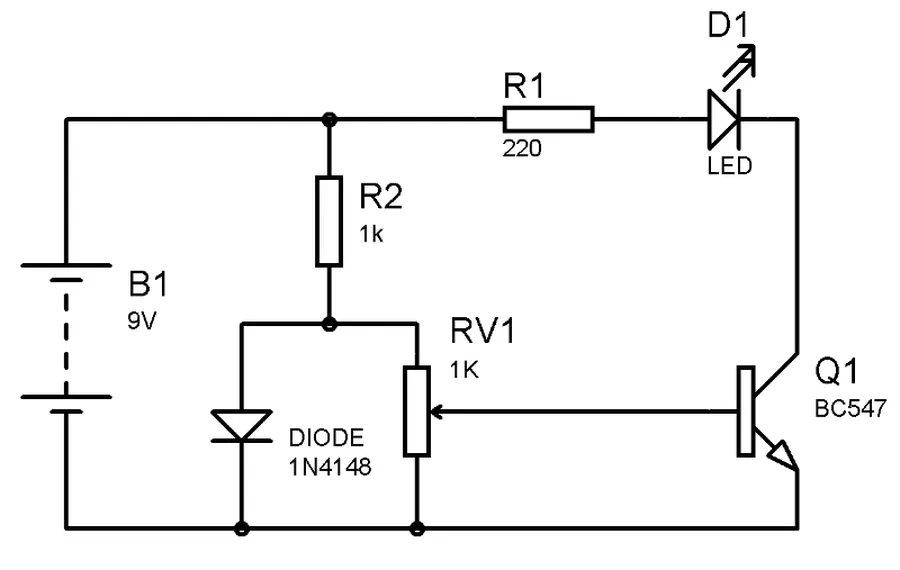
Temperature monitoring circuits provide a tangible demonstration of how electronic components respond to environmental changes. By utilizing thermistors, which are resistors whose resistance varies with temperature, and combining them with LEDs, we can visualize temperature fluctuations. This hands-on approach fosters a deeper understanding of circuit behavior and component interactions.
The core principle involves a voltage divider circuit, where the thermistor’s changing resistance alters the voltage applied to the LED. This variation in voltage affects the LED's brightness, allowing for simple visual monitoring of temperature changes. Understanding this fundamental relationship is critical in designing more complex temperature sensing systems.
- Components Required
Thermistor (NTC or PTC), LED, fixed resistor, power supply (e.g., battery), connecting wires, breadboard. - Circuit Setup
Thermistor and fixed resistor in series to form voltage divider. LED is placed in series with the output of the voltage divider. - Operational Principle
As the thermistor's temperature changes, its resistance changes, leading to a change in the voltage across it. This change is then reflected in the brightness of the LED. A Negative Temperature Coefficient (NTC) thermistor's resistance decreases with increasing temperature, making the LED brighter, while the opposite is true for a Positive Temperature Coefficient (PTC) thermistor.
| Component | Function | Temperature Response |
|---|---|---|
| Thermistor (NTC) | Temperature Sensor | Resistance Decreases as Temperature Increases |
| Thermistor (PTC) | Temperature Sensor | Resistance Increases as Temperature Increases |
| LED | Visual Indicator | Brightness Varies with Voltage |
| Fixed Resistor | Limits Current, Creates Voltage Divider | Stable Resistance |
Touch Sensor Circuit Using Transistors
This section details a straightforward project that utilizes transistors to create a touch-sensitive circuit, capable of triggering an LED or a buzzer. The core concept involves leveraging the transistor's switching behavior to detect a touch input.
At the heart of this circuit is the transistor, which acts as an electronic switch. A small current at the transistor's base terminal controls a larger current flowing between the collector and emitter terminals. When a human finger bridges two touch points connected to the transistor's base, a small current flows, activating the transistor and completing the output circuit, thus powering the LED or buzzer.
This simple yet effective circuit showcases the fundamental principle of electronic switching.
- Components Needed:
Transistor (e.g., NPN type such as 2N2222 or similar), Resistors (various values for base biasing and current limiting), LED or Buzzer, Wires, Battery or Power Supply. - Circuit Operation
The circuit operates on the principle of using the touch to close the gate of the transistor, enabling a small signal to control the larger output. When the touch points are bridged by a finger, a small base current is generated and the transistor switches on, allowing current to flow through the LED or buzzer.
| Component | Purpose |
|---|---|
| Transistor | Acts as an electronic switch, controlling the current to the output device (LED or buzzer). |
| Resistors | Limit the current flowing into the transistor base and the output device, protecting them from damage. |
| LED/Buzzer | Visual or audible feedback to indicate the touch has been detected. |
| Touch Points | Area touched by the user to close the transistor's input gate. |
This project allows for hands on exploration of how transistors can be used in a variety of different circuit types, enabling a clear understanding of the switching behavior of transistors in a simple context.
Frequently Asked Questions About Easy Electronics Projects
This section addresses common queries that beginners often have when venturing into the world of easy electronics projects. We aim to provide clear, concise answers to help you get started and build a solid foundation in electronics.
- What are some of the simplest electronics projects for beginners?
The simplest electronics projects typically involve basic components like LEDs, resistors, and batteries. Examples include a basic LED circuit, a light-sensitive circuit using an LDR, or a simple buzzer circuit. These projects teach fundamental concepts without being overly complex, allowing beginners to quickly grasp core electronic principles. - What are the most commonly used electronic components for easy projects?
For easy electronics projects, some of the most commonly used components include resistors (to limit current), capacitors (to store energy), LEDs (for light indication), transistors (for switching or amplification), and integrated circuits (ICs) like the 555 timer. Understanding these basic components is crucial for building more complex projects. - What is the easiest way to learn the basics of electronics?
The easiest way to learn electronics is to combine theory with hands-on practice. Begin by understanding basic components and circuit principles. Start with small, simple projects that you can easily complete. Use online resources, tutorials, and books for supplementary knowledge. The practical application of theory, through building circuits, will greatly enhance your understanding. - How do I choose my first electronic project?
When selecting your first electronic project, begin with something very simple that uses a few components that are readily available. Choose projects that clearly outline what you will learn. Start by building a basic LED circuit as it introduces the crucial concepts of voltage, current, and resistance and use only a few, inexpensive parts. This approach will allow you to grasp the basic concepts first, then scale up your projects as you become more confident. - Where can I find schematics for easy electronic projects?
Schematics for easy electronic projects can be found in numerous places. Websites like Instructables, Adafruit, and SparkFun offer a wealth of free schematics and project tutorials. Additionally, books on basic electronics often include schematics for beginner projects. Ensure you understand the symbol used in the schematics, and how they translate into a physical connection. Always double-check to avoid accidental shorts. - What are the best resources to enhance my understanding of electronics?
The most effective way to enhance your understanding of electronics involves utilizing a variety of resources. Online platforms such as YouTube provide numerous video tutorials and practical demonstrations that are highly beneficial. Books such as 'The Art of Electronics' offer detailed theory and real-world examples, while many websites like All About Circuits provide in-depth articles. Start with beginner-friendly materials and gradually tackle more complex topics. Don't be afraid to ask questions and seek assistance from online communities.
Expanding Your Knowledge: Where to Find More Easy Electronics Projects
To further your exploration into easy electronics, a variety of resources are available. These encompass online platforms, educational books, and curated project kits. These resources are designed to facilitate learning, provide hands-on experience, and inspire new project ideas, catering to diverse learning preferences and ensuring a continuous learning journey in electronics.
- Websites and Online Platforms
Websites like Adafruit, SparkFun, and Instructables offer a wealth of tutorials, project guides, and forums for electronics enthusiasts. These platforms often include step-by-step instructions, component lists, and community support. - Educational Books
Books such as 'Make: Electronics' by Charles Platt and 'Practical Electronics for Inventors' by Paul Scherz and Simon Monk are excellent resources for both theoretical knowledge and practical project guidance. They provide in-depth explanations of electronic concepts and detailed project examples. - Project Kits
Pre-packaged electronics kits, such as those from Elegoo or Arduino, offer a convenient way to start building circuits. These kits often include all the necessary components and instructions for specific projects, making them ideal for beginners who want a guided learning experience. - YouTube Channels
Channels like 'ElectroBOOM', 'GreatScott!', and 'The Signal Path' provide engaging video content on electronics, ranging from basic tutorials to advanced concepts and project builds. Visual demonstrations and explanations can significantly enhance understanding. - Open Source Hardware Communities
Engage with communities centered around platforms like Arduino and Raspberry Pi. These communities offer a vast amount of user-created projects, tutorials, and support, facilitating collaborative learning and problem-solving.
Easy electronics is not just about assembling circuits; it’s a gateway to understanding the technology that powers our world. From simple LED flashers to touch sensors, every project is a step forward on your journey. Embrace the learning process, experiment without fear, and the world of electronics will become increasingly clear and exciting. What you will learn today is not only knowledge, but also the spirit of exploration and creation. Let's continue to explore together and unlock more possibilities in the field of easy electronics!
 AnyPCBA
AnyPCBA